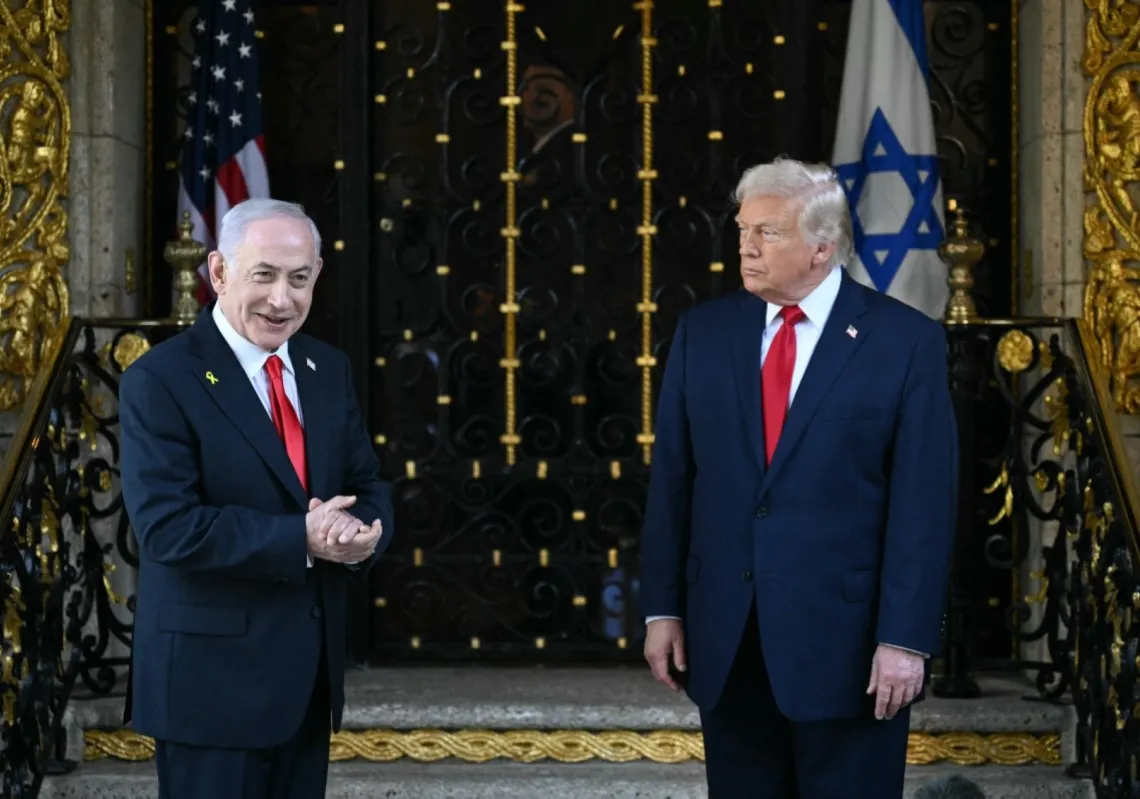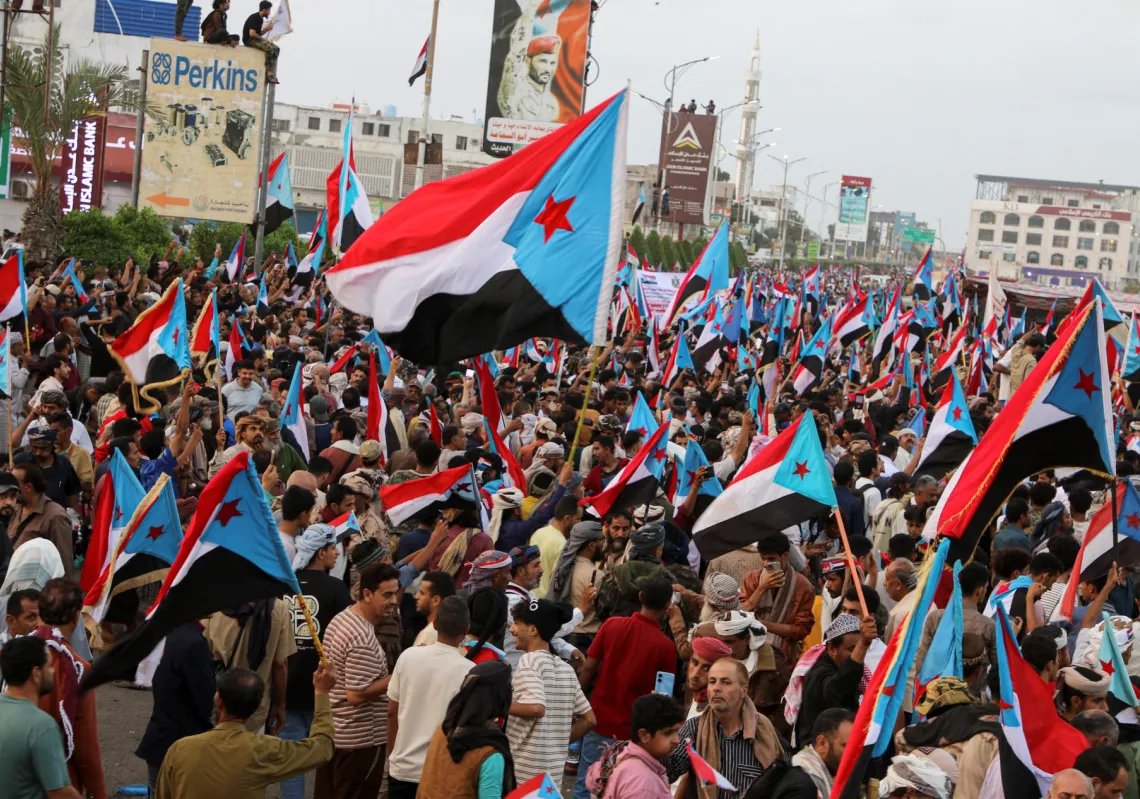An online post went viral recently, showing Albert Einstein with what many social media pages claimed was Abdul Jabbar Abdullah—an Iraqi wave theory physicist, dynamical meteorologist, and ex-president of Baghdad University. The picture dated "1952, Princeton University” came with a short caption saying that Einstein was so impressed with Abdullah that he presented him with his pen as a token of his admiration, which was subsequently stolen when he served time in a Baghdad prison.
Although the post made for an enticing story, it was ultimately untrue, as confirmed by Abdullah's official website, which is run by his family. He never met Einstein, nor did he receive a pen from him, but such erroneous stories about Arab historical figures have become common on social media networks, where information is never verified, and completely fake stories can go viral.
One such story claims that despite being a Protestant Christian, Syria’s former premier, Fares al-Khoury, was appointed minister of religious endowments (awqaf) in the 1940s. It would have taken social media activists a little extra effort to discover that the Syrian Awqaf Ministry was only established many years later and that Khoury never set foot in it.
However, back to Abdullah. Regardless of whether he ever met Einstein or not, he remains one of the most prestigious scientists of modern Iraq, boasting of an illustrious academic career. His name now appears on streets and university halls in Iraq, with a statue built in his honour. As the anniversary of his death approaches on 9 July, Al Majalla delves into his life, which, although short, was highly prolific. He died from cancer in the US in 1969, aged 56.
From poverty to MIT
Born to a poor family in Ottoman Iraq on 14 November 1913, Abdul Jabbar Abdullah lived through World War I as a child, studying at British schools in his native Maysan province in eastern Iraq. The family was impoverished, although his father was a priest in the small Mandaean religious community in his hometown.
After graduating from high school in Baghdad, he was offered a scholarship to complete his education at the American University of Beirut (AUB) due to his academic excellence. In addition to being a master physicist and mathematician, he was also fluent in Arabic, English, German, and Aramaic—the ancient and almost extinct language of Jesus.

Abdullah travelled to Lebanon by sea from the port of Basra, and his years in Lebanon profoundly influenced his life. Beirut of the 1930s was very different from the Puritan society of his native Maysan—rich in cultural saloons, book publishing, and theatres.
After completing his Bachelor of Science from AUB in 1934, Abdullah went to the US where he obtained his PhD in Meteorology from the Massachusetts Institute of Technology (MIT). He went on to author numerous books and academic papers during his time at MIT, turning down a tenure position to return to his native Iraq.
Back home, he was appointed director of the physics programme at the state-run Higher Teacher’s Training College, which would eventually merge with the University of Baghdad. Abdullah was appointed to the university’s founding committee, and in 1943, he married a fellow schoolteacher from a middle-class family whose father had been the private jeweller to Iraq’s King Ghazi I between 1933 and 1939.
Deen of Baghdad University
In the early 1950s, Abdullah returned to the US as a visiting professor at MIT, where he studied and taught about waves and hurricanes. Three years later, he was named editor of an academic journal in Baghdad, published by the Arabic Language Assembly. He was later named secretary-general of the University of Baghdad and dean in 1959. That was early into the tenure of Iraqi premier Abdul-Karim Qasim—the architect of the revolution that toppled the ruling Hashemite family on 14 July 1958.
Although supportive of the coup-turned-revolution, Abdullah disapproved of the brutal manner in which the young King Faisal II was killed, along with his entire family. He was seemingly taken by Qasim's socialist reforms and promises of a modernised Iraqi nation where education would be free and available to all, regardless of religion, ethnicity, or social class.
The university thrived under his admiration, and he sent hundreds of students on scholarship to pursue their PhDs in the West, opting for countries with no imperialist footprint in the region.

Arrest and exile
His university tenure was brief and would last until his arrest and dismissal on 9 February 1963, just hours into a coup that toppled and killed Qasim. Staged by Iraqi Baathists who purged the civil service from employees with the slightest affiliation to the old regime, one of its earliest victims was Abdullah. Despite his academic post and credentials, he was jailed and interrogated on charges of dissent and membership in an underground party. When the Baathists realised that he was innocent of all charges, they ordered his release on 8 October 1963.
Abdullah was dismissed from the University of Baghdad and briefly found employment at the National Research Institute. After the travel ban was lifted, he went to the US, working at the National Center for Atmospheric Research in Colorado and then taking up an academic post at the Atmospheric Science Department at the State University of New York.
As a senior meteorology researcher, he was awarded a grant to study cloud stratification and how to control and influence weather conditions, but he died before completing his research in July 1969. By then, Iraqis had obtained their first nuclear reactor from the Soviet Union after the US backed out on selling them one in light of the 1958 coup against the pro-West Iraqi monarchy. The American reactor would eventually go to the Shah of Iran, and with Soviet help, Iraq would activate its reactor in 1967, two years before Abdullah’s death.
Toiling at its labs were many of his former students, who continued to serve their government until Saddam Hussein diverted their efforts from scientific research to developing weapons to fight Iran in 1980 and, subsequently, to invade Kuwait in 1990.
Many refused to play along and were arrested or killed. Others fled into exile, like Khidir Hamza—an atomic scientist and former Abdul Jabbar Abdullah protégé. Abdullah had sent him to study nuclear physics at MIT, returning to join Iraq’s nuclear programme before defecting to the US in 1994.
American media described him as “Saddam’s Bombmaker”, and he would eventually testify on Iraq’s biological and chemical weapons before the Senate Committee on Foreign Relations prior to the US invasion of 2003.












